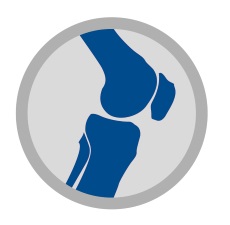The projected burden of knee osteoarthritis in New Zealand: healthcare expenditure and total joint replacement provision
New Zealand Medical Journal
Aim To estimate the healthcare costs and demand for total knee replacement (TKR) associated with knee osteoarthritis in New Zealand over the period 2013-2038 and the contribution of increasing obesity rates to these costs.
Method We used the NZ-MOA computer simulation model of knee osteoarthritis in the New Zealand population. Osteoarthritis-related healthcare costs and TKR incidence were modelled for a 25-year horizon, for a starting cohort drawn from the 2013 New Zealand population. Population obesity projections were used to estimate the life-course of cohort obesity. Per-person projected outcomes were multiplied by national demographic population projections to obtain total population projections.
Results Healthcare costs of knee osteoarthritis were projected to increase from NZ$199 million in 2013 to $370 million in 2038. Annual TKR incidence was projected to increase from 5,070 to 9,040 over the same period. Projected increases in population obesity rates (above the obesity prevalence seen in 2013) accounted for 25% and 47% of the projected increase in per-capita healthcare costs and TKR provision rates, respectively.
Conclusion The healthcare burden of knee OA will continue to increase for the foreseeable future. Public health measures to reduce further increases in population obesity rates would contribute to slowing this rising burden.
